Natural Dyeing with Weld for Beautiful Yellows!

Natural Dyeing with Weld will become a great staple in your dyeing basket.
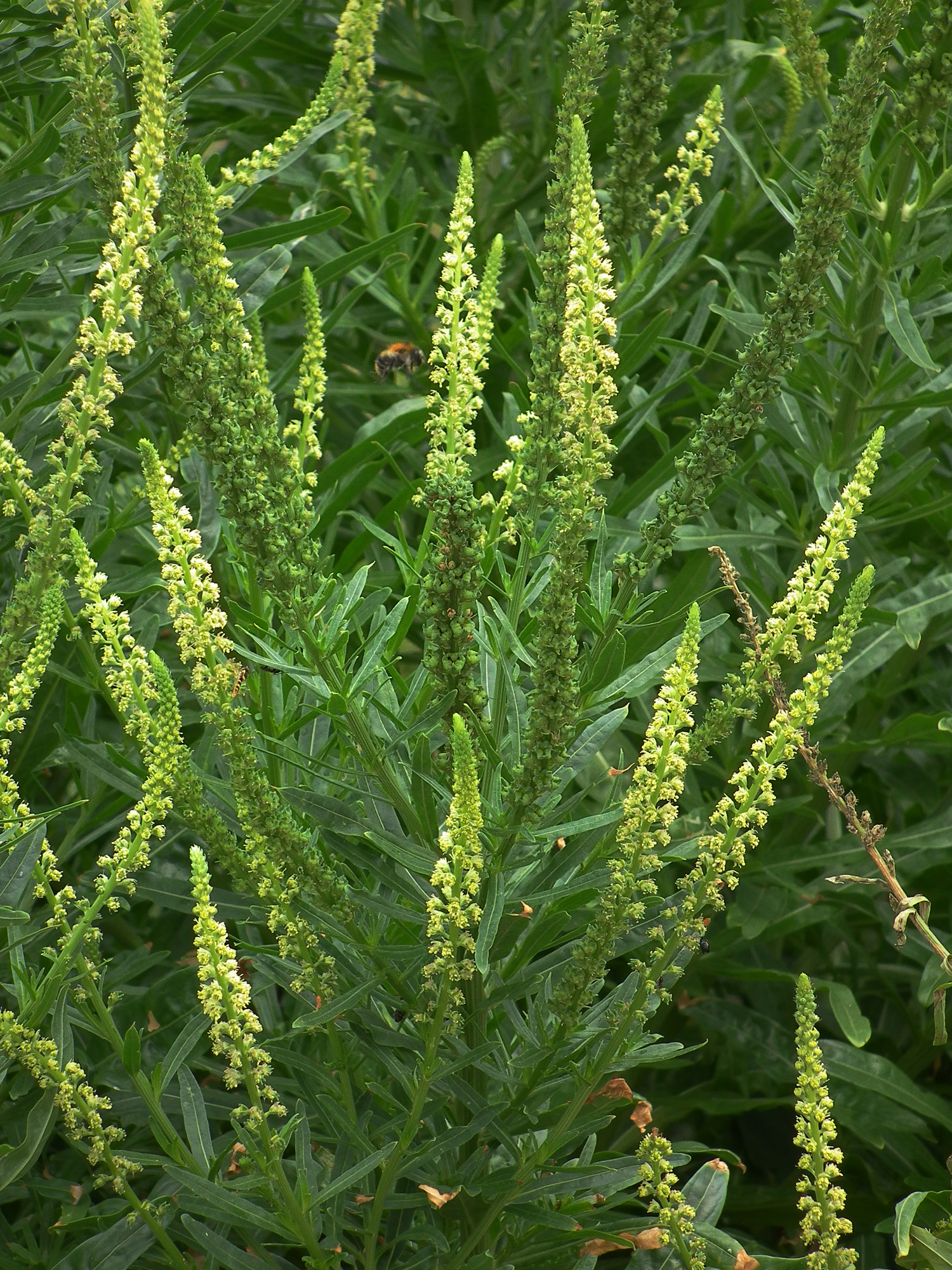
Natural Dyeing with Weld.
I have in the past grown weld from seed and then used it to dye with. It always performs well and is not only a good colour in itself but also a great base for mixing colours.
For these instructions I am going to use powdered weld that can be bought from your regular natural dye shop, but if you want to grow the plant yourself, I encourage you to give it a go. You can solar dye in the same way as these instructions. Just increase the amount you use to at least 100% WOF.
What you will need
Prepared dye material. For these experiments I have used wool roving and wool 2ply threads. We will look at roving that has been mordanted with alum, copper and iron as well as some without mordant. If you would like to see how the dyeing materials have been prepared please press on the buttons below.
Glass Jars
Hot Water
Bowls
Weld
Scales
Rubber Gloves
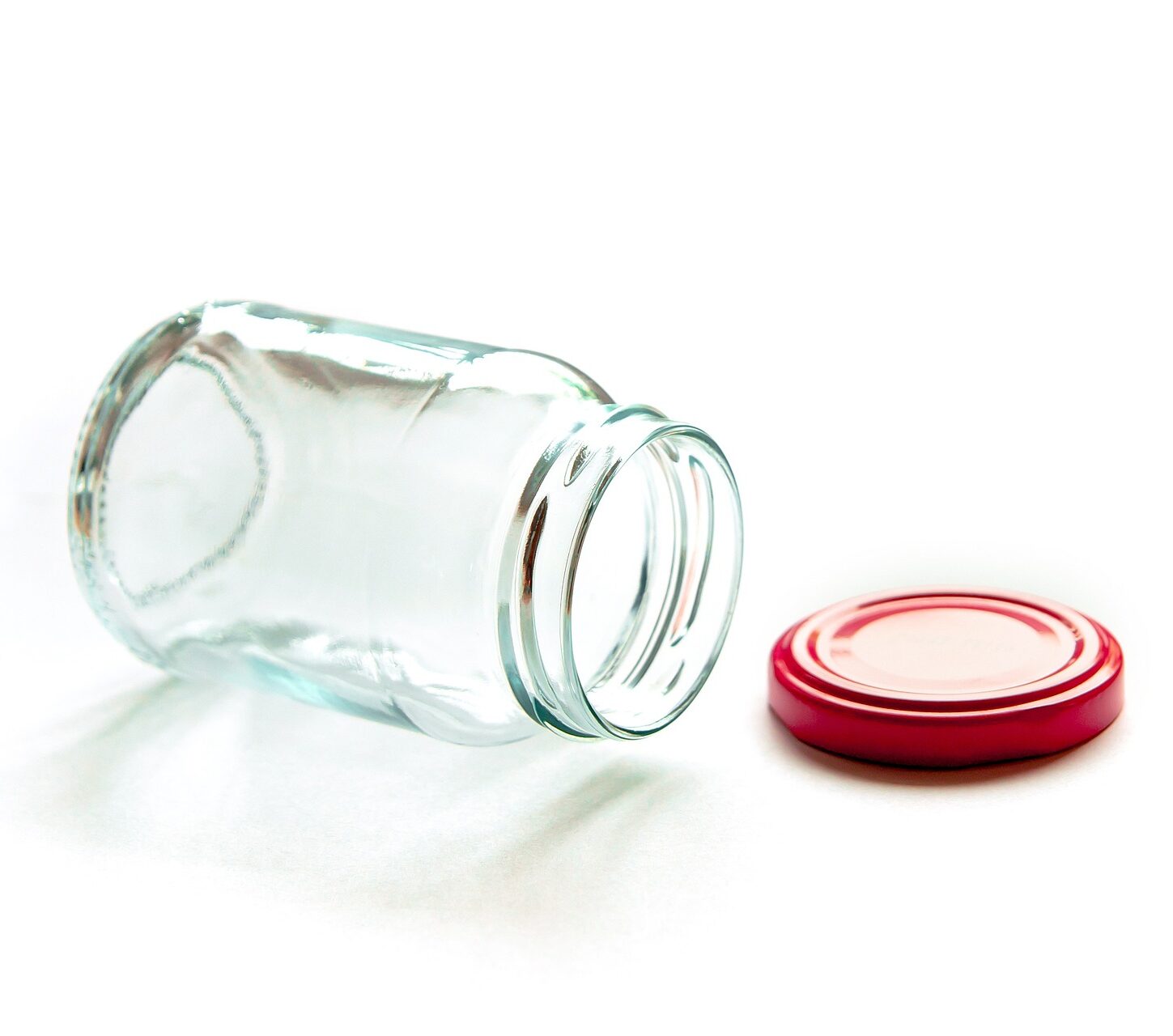
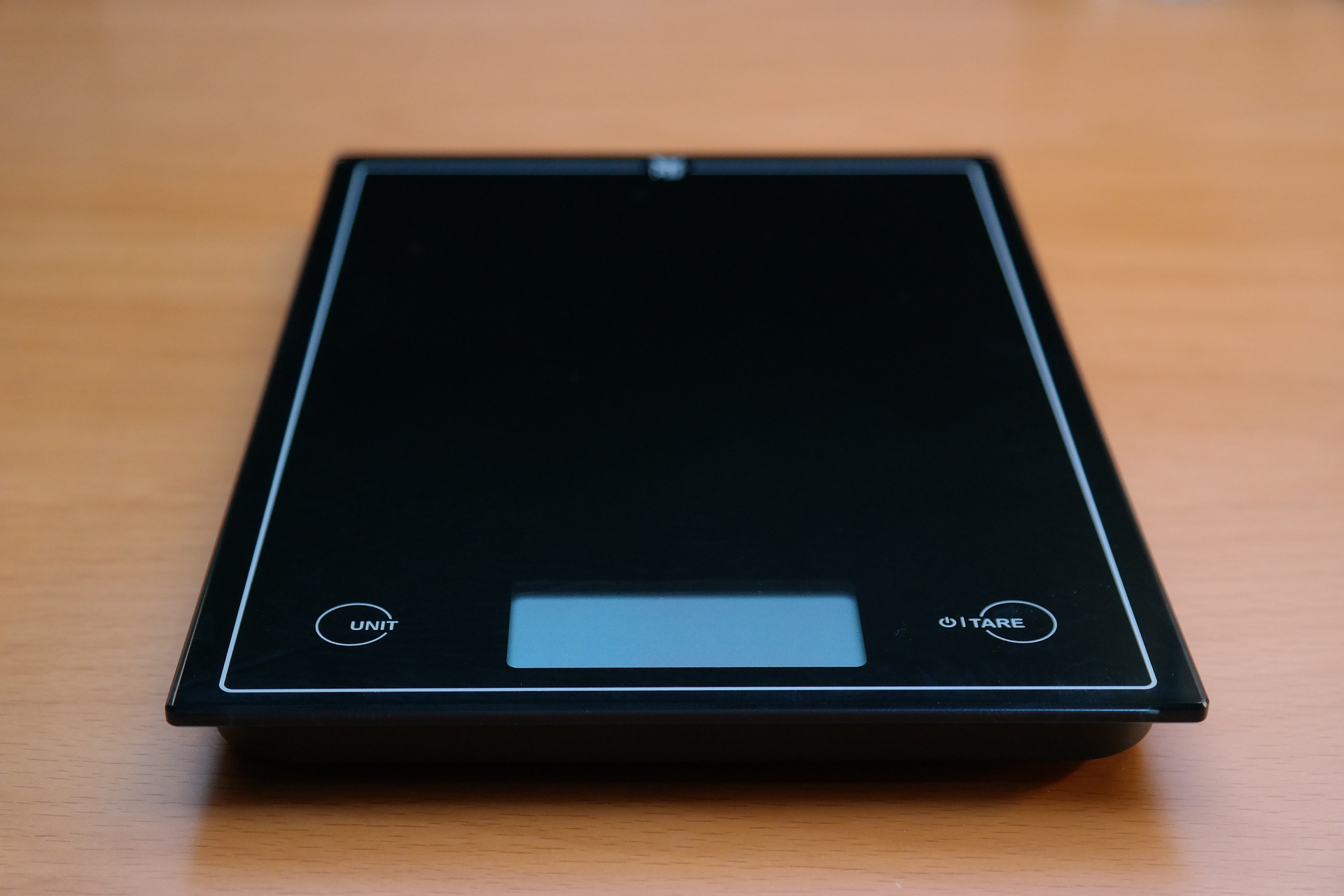
Measurements
The first thing we need to do is measure out our ingredients. You will first need to know how much fibre you are dyeing. You want its weight while dry. This is called WOF.
You will need 30% of weld to your WOF. For example if you are dyeing 100g of fibre you will need 30g of weld
Natural Dyeing with Weld
We are using the Solar dyeing method with these experiments. I have followed these instructions individually for each different mordanted wool. You do not want to mix the mordants within your dye bath as they will contaminate each other.
Step1. Place your weld in a heat proof bowl and pour over some boiling water. Allow to cool
Step 2. Place your mixture into a glass jar and leave out in the sun. A day or 2 would most probably be enough when using powder but I actually left it out for a week to make sure. If you are using plant material I would leave it for at least a week and maybe 2 weeks if it has not been very hot.
Step3. Strain your dye bath and put back into the glass jar adding your fibre. Again I have left this for a week, but if the temperature has not been very warm you can leave it much longer.
Step 4. Take your fibre out of the jar and leave to dry. Once dry you can then give it a rinse in non running water. If you put wool under a running tap it may cause it to felt a little especially if you are dyeing roving. I always like to rinse my wool in several bowls of luke warm water.
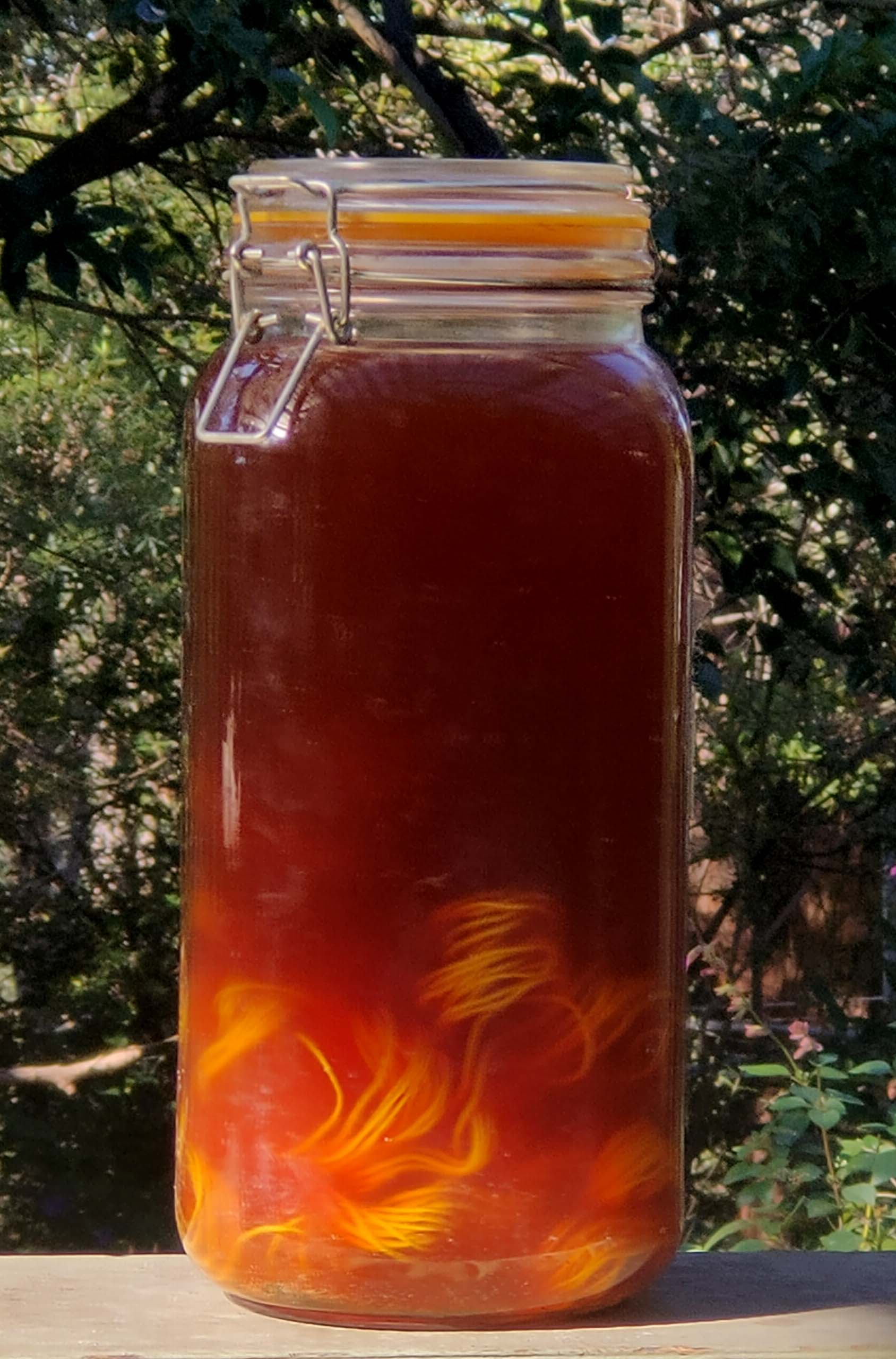
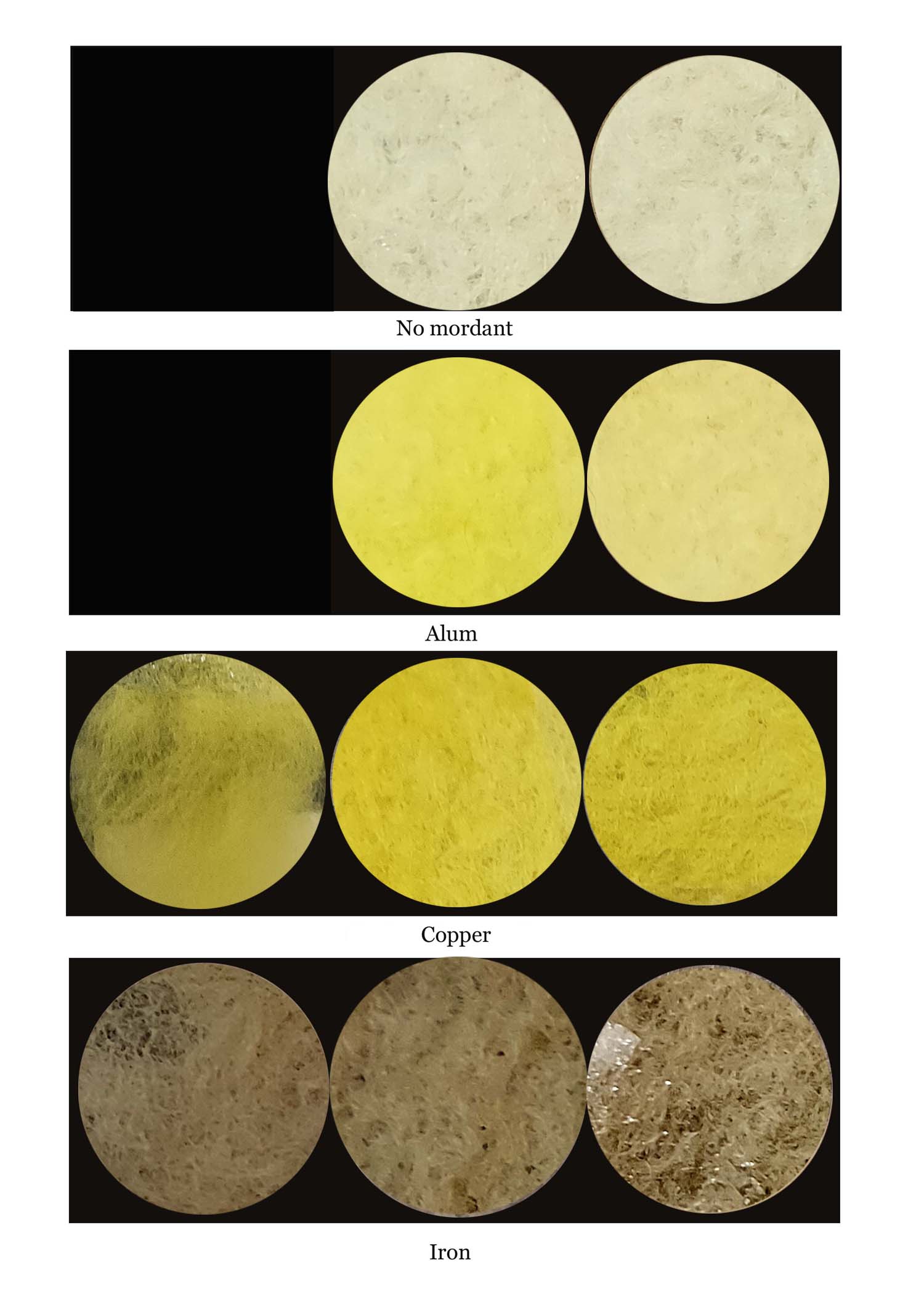
Results
Roving
This is the results from the dyed roving . Roving is shown in the first column. The second column shows the roving felted and the third column shows the felt after 4 weeks in the hot Aussie sun.
As you can see we did not get a lot of colour from the non mordanted roving. I may at some point see if this is the same when using a traditional heat dyeing method. The alum mordanted roving came up a beautiful yellow though it did fade a little with the sun.
The copper mordant I think came out the best. The colour is actually a little greener than it appears in this photo and it held up to the sun test beautifully. After 4 weeks in the sun the iron mordant also showed no signs of fading.
Wool Thread
This is the 2ply wool thread that I dyed. It was mordanted with copper and the first 2 pictures show that the yellow has a greener look than the picture above. Again the sun test (which was only 1 week this time) came out great.
The second row is from an exhaust bath. So after dyeing the first row threads, I then but another lot of threads in for 1 week. I was really pleased with the totally different green I got. This will because the ratio of weld left in the bath to the copper mordant on the threads was much greater than the initial bath. I was really happy to achieve a different colour from my weld.
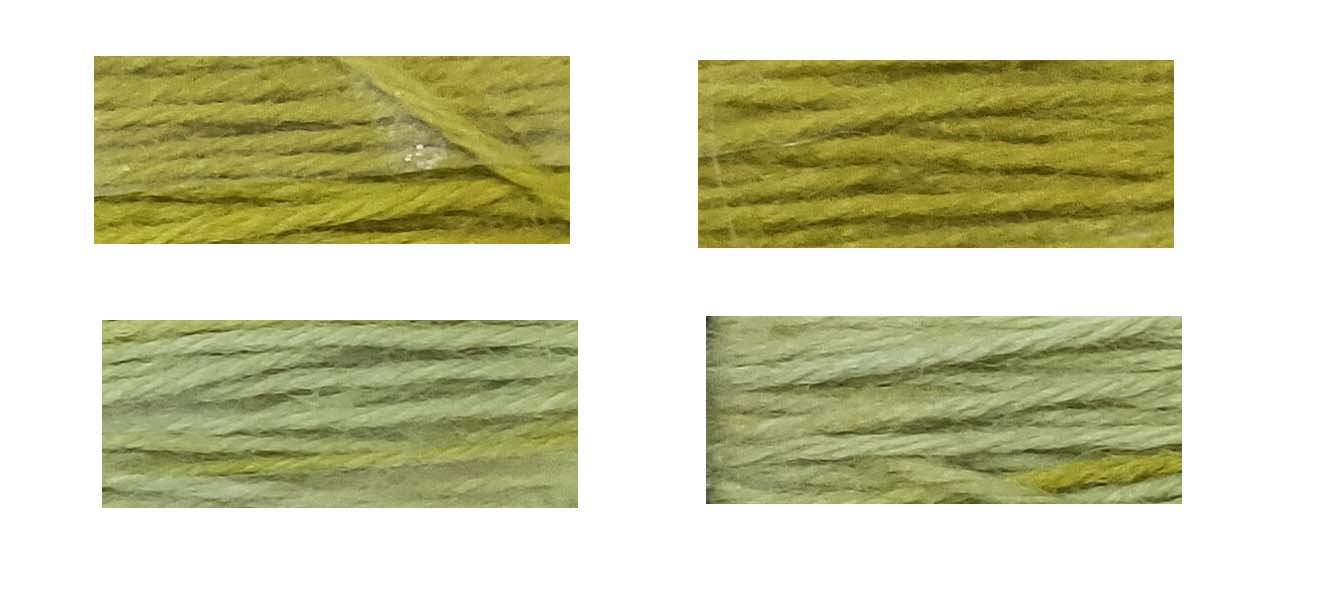
Wool Thread with indigo.
And of course, when you find yourself a good yellow you have to have a go and combine it with some indigo. We are always looking for that elusive green. These threads were solar dyed with weld and then vat dyed with indigo for different periods of time. Again the bottom row is after a 2 week sun test and yay…..we have success. A new green to add to the collection.
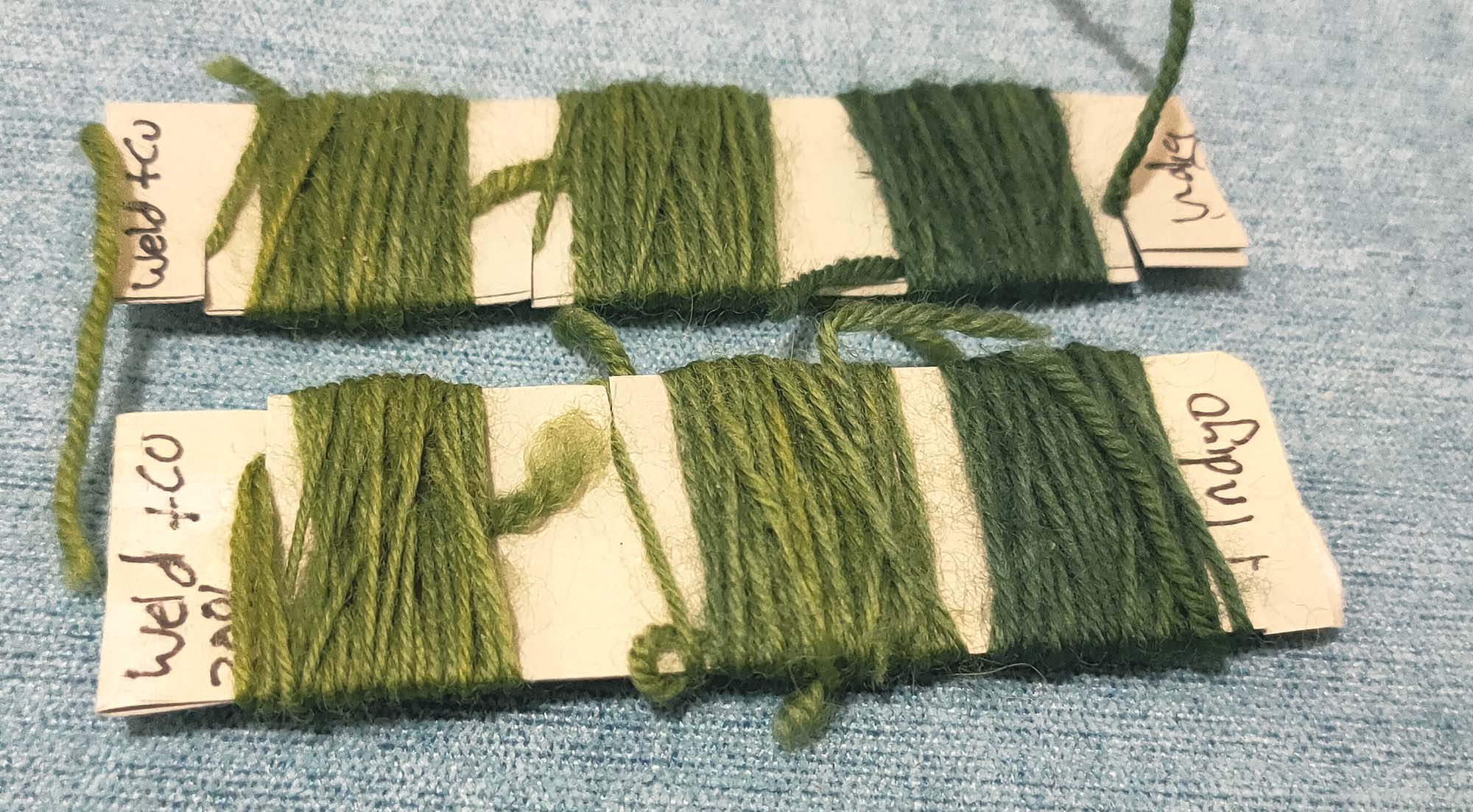
I hope this helps and encourages you to try your own experimenting in the world of natural dyes. 🙂
Join us on Instagram www.instagram.com/DyetoCraft
Etsy Shop Now open
If you like the idea of using organic naturally dyed threads in your craft but just don’t have the time, come and have a look at our Etsy Shop where you will find an array of beautiful colours provided by nature.
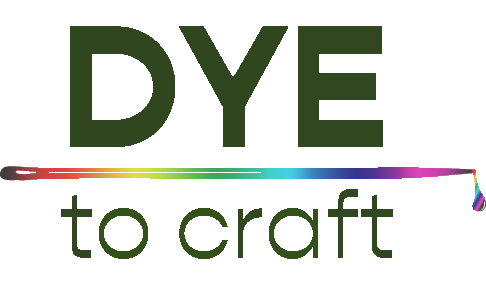
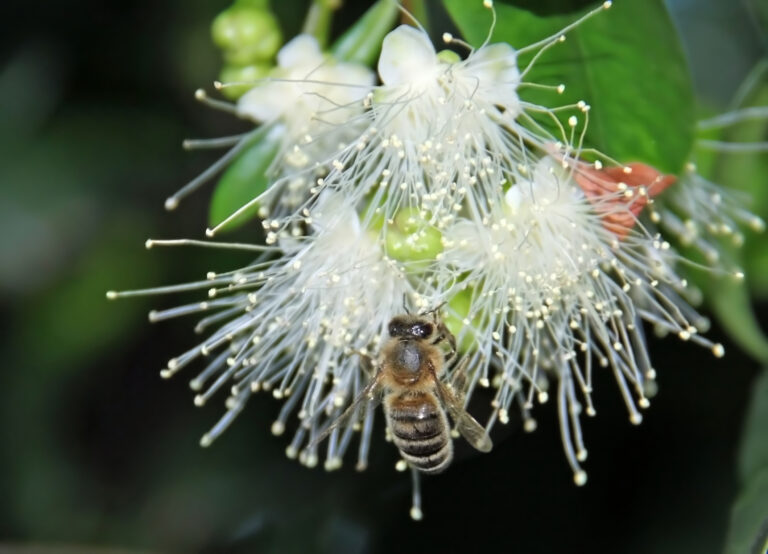
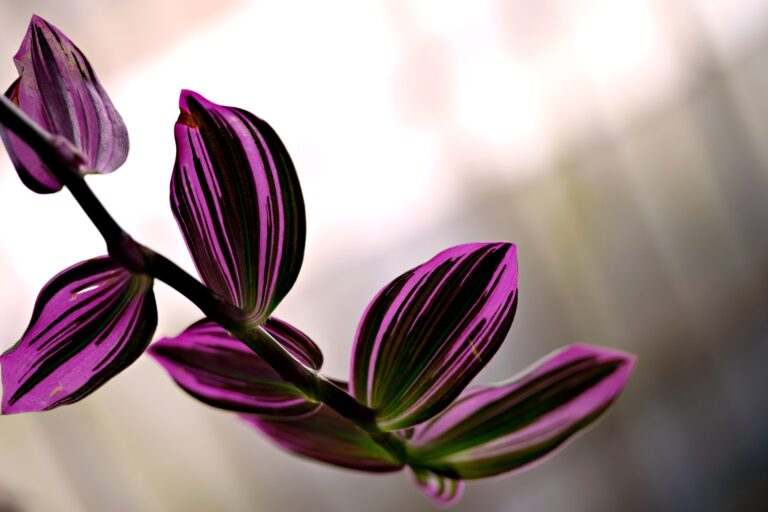


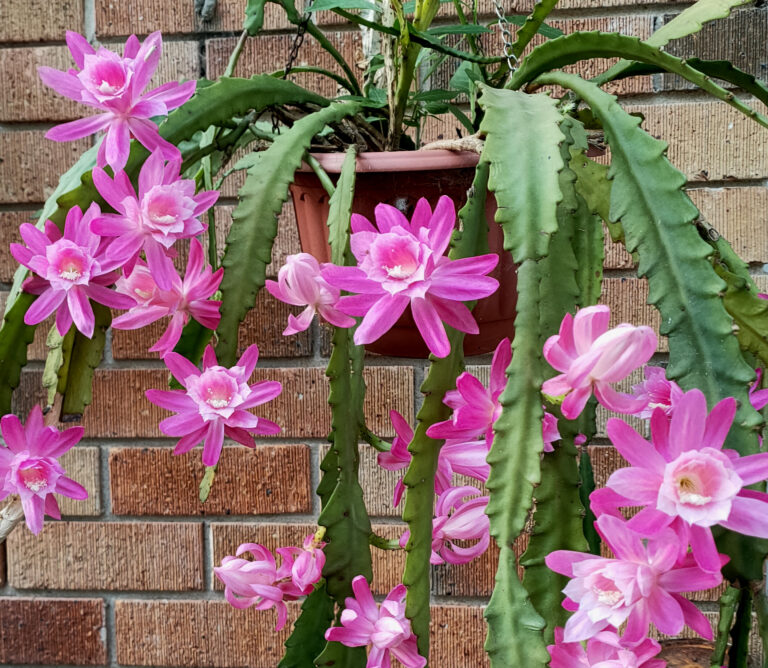
Awesome https://is.gd/tpjNyL